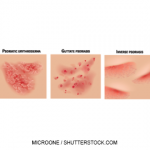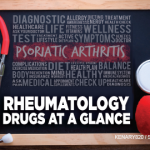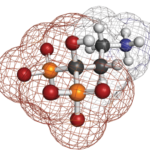Discussion
Although the literature cited here is neither systematic nor scoping, the sense that we can manage patients with these drugs safely is not simply motivated reasoning nor confirmation bias.
Many rheumatologists from the baby boom generation feel they have had two careers in treating rheumatoid arthritis and other rheumatic disorders: the pre-biologic era and the biologic era.
Through the 1980s and 1990s, achieving complete disease remission was uncommon; it was more common to witness the gradual debilitation and early demise of persons with RA from multiple complications. The disease itself makes already less mobile persons more vulnerable to infection and vascular complications. The corticosteroids to which we defaulted so often to keep people mobile and to diminish their pain rendered skin susceptible to tearing, ulceration and infection; promoted osteoporotic spine and hip fractures, exacerbating an already deforming disease; and broadly immunosuppressed everyone taking them. Serious and life-threatening infections were routine.
Although difficult to quantify, this dynamic has clearly changed in the new era. In our practice, for each patient identified (or who has self-identified) as having an increased frequency of infections on a biologic (and therefore had a change in treatment), we estimate five to 10 people have conveyed to us that they have experienced fewer infections since their RA has been well controlled on biologics. Nonetheless, as a practical matter, patients are reminded that no evidence exists to support the idea that biologics imbue them with any special protection from infection and that they must follow our recommended precautions and maintain regular face-to-face follow-up.
Although it’s possible our practice’s middle socioeconomic stratum is less susceptible to experiencing serious infection than poorer, inner city, indigent people or inhabitants of, or migrants from, areas endemic to granulomatous infections in the Global South or Eastern Europe, current registries don’t quantify such a difference.9 Two Latin American registries have reported a decreasing incidence of serious infections in RA patients treated with biologics over the past several years.24
Perhaps the most useful finding from early post-marketing data was the recognition of the increased rate of latent TB reactivation with anti-TNF use, which led to the rheumatology community’s response of uniform screening and effective prophylaxis that has effectively mitigated this risk.25,26 The same approach is applied to coccidioidomycosis and other regional granulomatous infections, and generally extended to all biologics and small molecule immunomodulators.27
The expanded view on biologic agents and infections in RA from these published reports and our clinical experience now seems to contradict the boxed warnings. Rheumatologists live with that ambiguity and continue to follow the explicit recommendations the warnings convey. Conceivably, following the recommendations is the reason why the warnings don’t seem to bear out in real-world practice.



